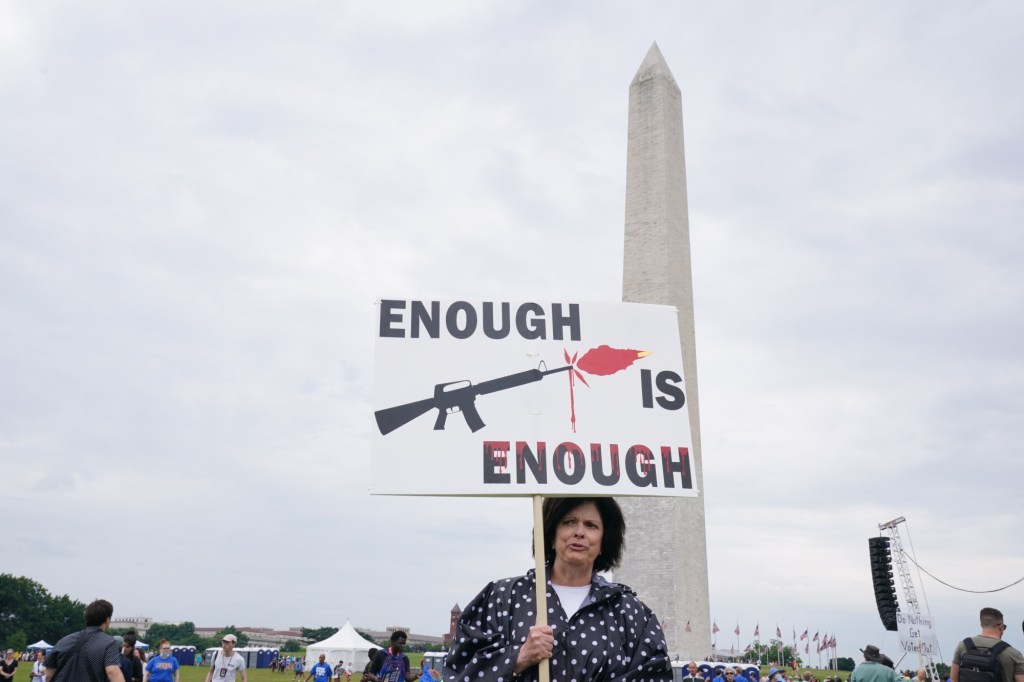By Christine Spolar | KFF Health News (TNS)
Gun violence has exploded across the U.S. in recent years — from mass shootings at concerts and supermarkets to school fights settled with a bullet after the last bell.
Nearly every day of 2024 so far has brought more violence. On Feb. 14, gunfire broke out at the Super Bowl parade in Kansas City, killing one woman and injuring 22 others. Most events draw little attention — while the injuries and toll pile up.
Gun violence is among America’s most deadly and costly public health crises. But unlike other big killers — diseases like cancer and HIV or dangers like automobile crashes and cigarettes — sparse federal money goes to studying gun violence or preventing it.
That’s because of a one-sentence amendment tucked into the 1996 congressional budget bill: “None of the funds made available for injury prevention and control at the Centers for Disease Control and Prevention may be used to advocate or promote gun control.”
Its author was Jay Dickey, an Arkansas Republican who called himself the “point man” for the National Rifle Association on Capitol Hill. And for nearly 25 years the amendment was perceived as a threat and all but paralyzed the CDC’s support and study of gun violence.
Even so, a small group of academics have toiled to document how gun violence courses through American communities with vast and tragic outcomes. Their research provides some light as officials and communities develop policies mostly in the dark. It has also inspired a fresh generation of researchers to enter the field — people who grew up with mass shootings and are now determined to investigate harm from firearms. There is momentum now, in a time of rising gun injury and death, to know more.
The reality is stark:
Gun sales reached record levels in 2019 and 2020. Shootings soared. In 2021, for the second year, more people died from gun incidents — 48,830 — than in any year on record, according to a Johns…
Read the full article here







